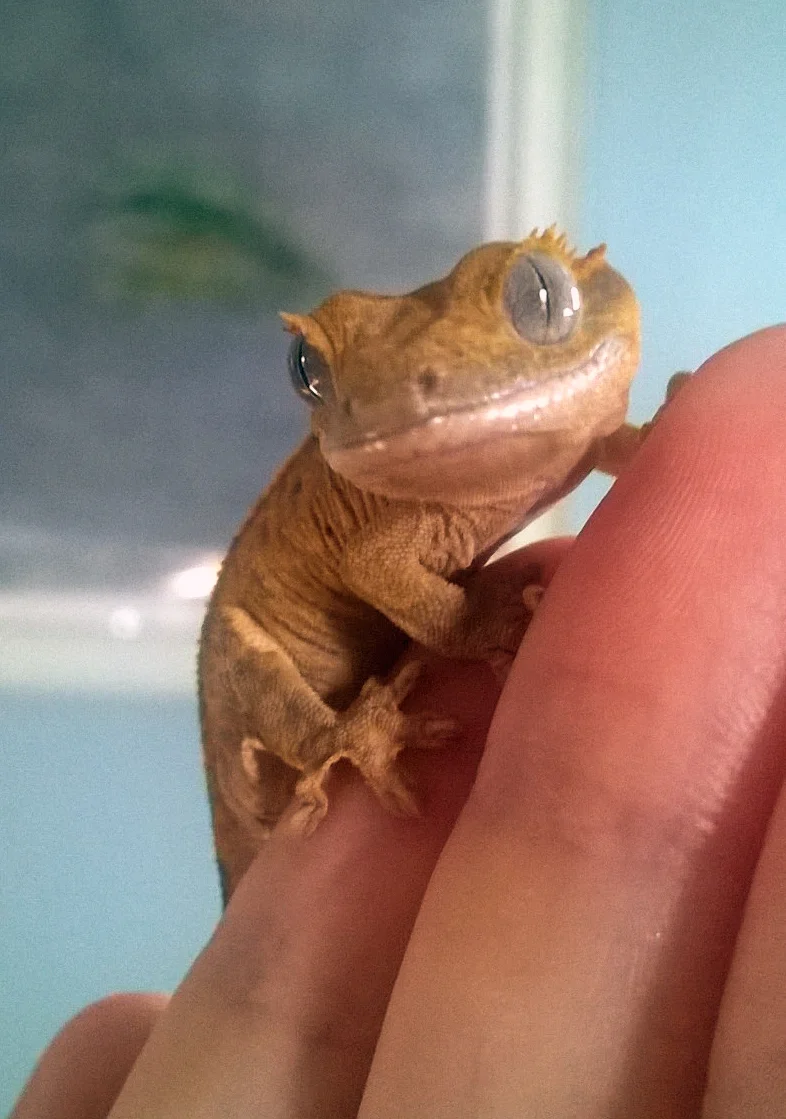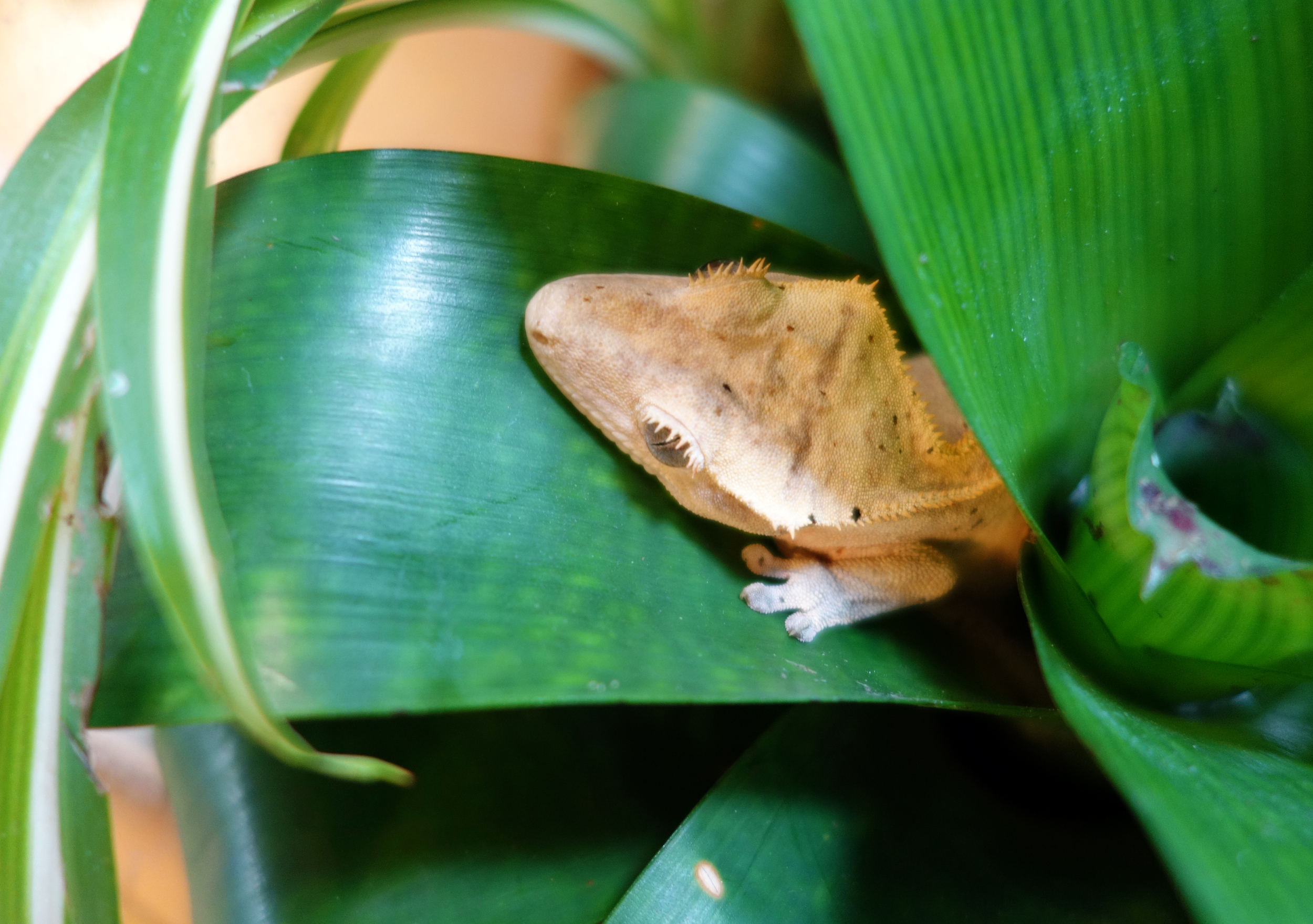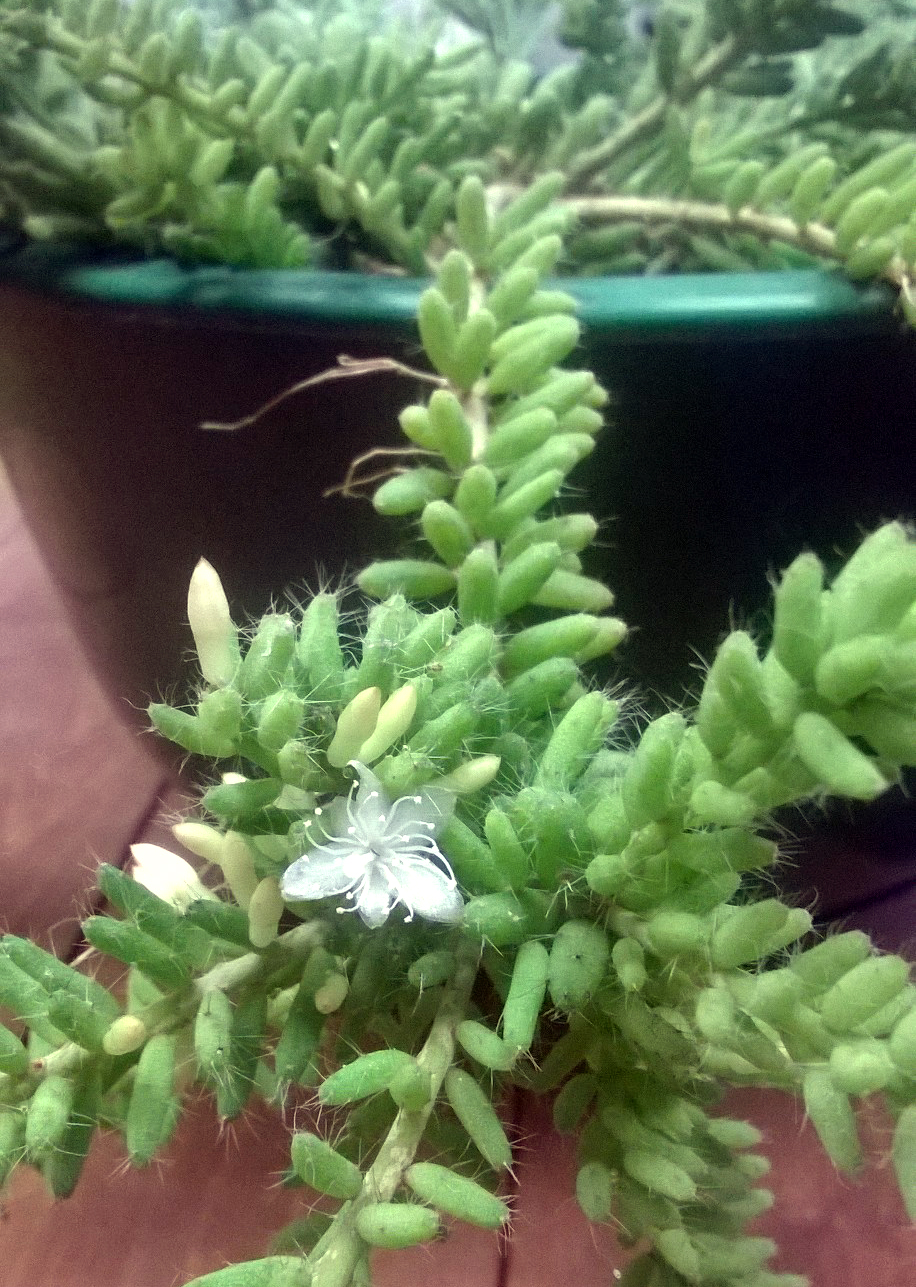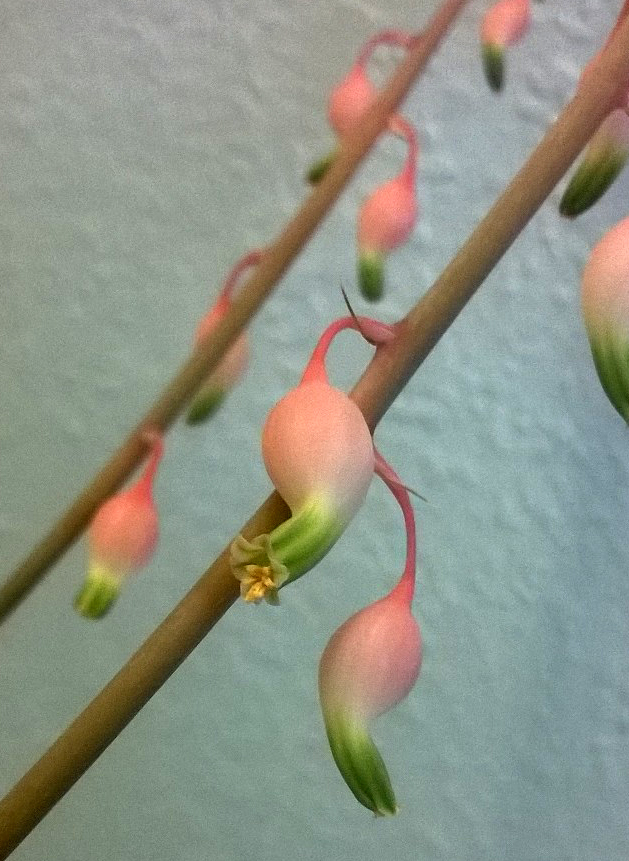I get new plants fairly often, but whether it’s due to this never-ending winter we’re experiencing or the rarity of the plant, I’m especially excited about this new dyckia I recently acquired!
My first dyckia for comparison: Dyckia marnier-lapostollei
First, a little background. A terrestrial bromeliad genus from South America, dyckias have very sharp teeth and are rather drought and cold tolerant though they do like frequent watering when kept in warm temperatures. Unlike many other bromeliads, they are not monocarpic (meaning flowering once and then dying). They are easily hybridized, so it can be hard to tell exactly what cultivar you’re growing if it doesn’t come with an ID. Somewhat surprisingly, they are nevertheless not commonly sold - at least in the nurseries and plant sales I’ve been to, and I’ve been to a lot in a number of different regions across the US - but they can be more easily found online.
Even when I do spot them for sale, I don’t typically scramble to get dyckias. Many of the cultivars I have seen for sale are, for my taste, not the prettiest while being too sharp, too expensive, and often too big (I have a finite amount of space so I generally prefer plants that start small and stay small). This has meant that I have had only one in my collection until recently: a small Dyckia marnier-lapostollei. I like the look of Dyckia marnier-lapostollei, particularly as it ages, and I am quite fond of my little one. (I do know I need to repot it but I’m waiting until spring actually arrives to do so.)
I was, however, extremely taken by my new dyckia when I laid eyes on it. I’ve never seen such a white, trichome-heavy dyckia available before, and its overall proportions and coloration are very striking. Even though its teeth are quite wicked, the overall size and shape of the plant make me less nervous that I’ll hurt myself on it than the threat a couple of my agaves and sansevierias present.
I’ve tried to ID this new one, but I haven’t reached a definitive conclusion. It might be Dyckia ‘White Fang’ but it also might not be - about two-thirds of the images that come up with that as the search term have no trichomes on the leaves, whereas mine is thick with them. The trichomes can be worn off by overhead watering and touching, though, so that’s not 100% indicative, and the other third of the image results do look like my new plant. (I love the thick trichomes, so I’m going to be actively trying to not knock them off.) Other ID options might be some relative to Dyckia ‘Silver Back’, Dyckia ‘Ice’, or Dyckia ‘Grey Ops’.
So without further ado, below is my new NOID dyckia!












